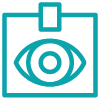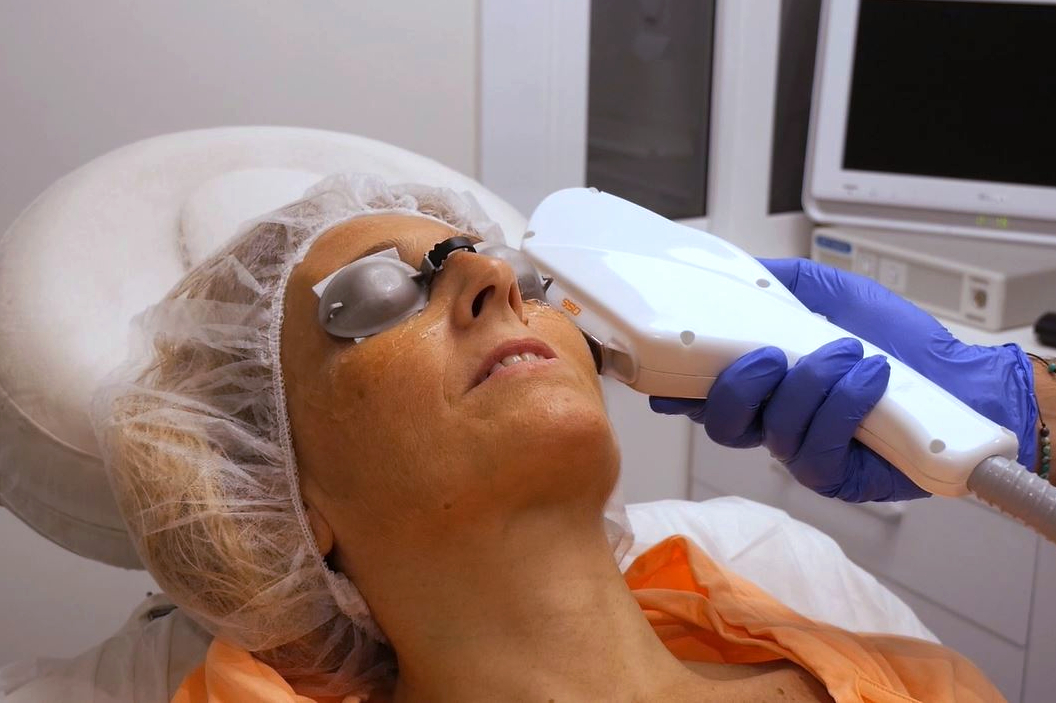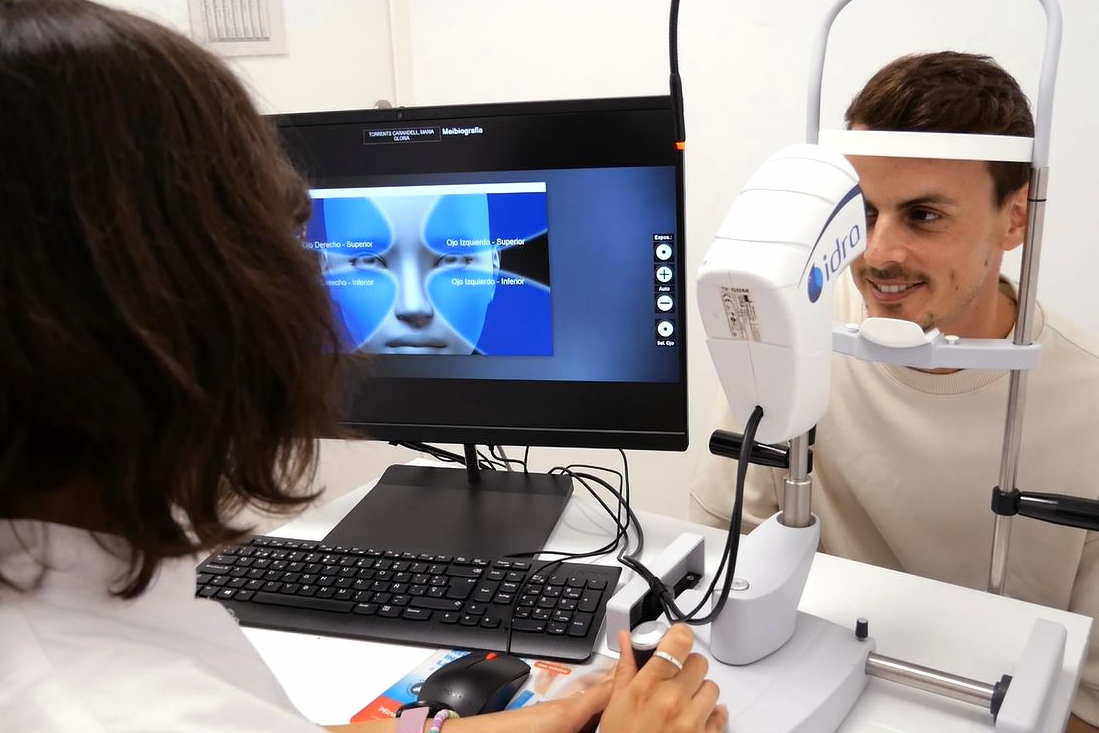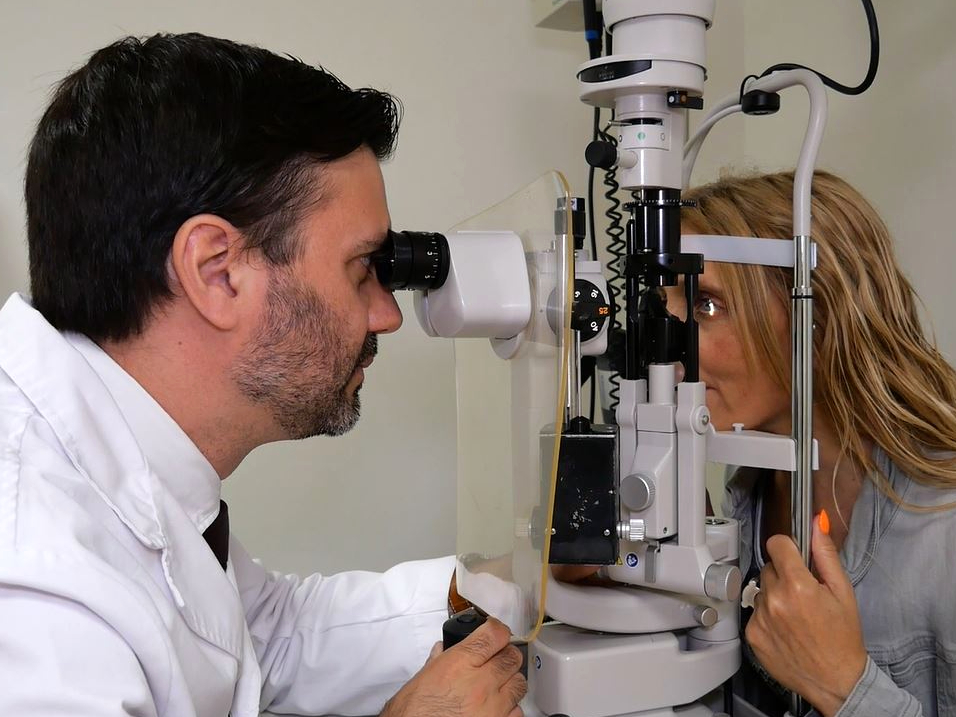

IPL treatment restores the normal functioning of the meibomian glands and reduces inflammation.

The treatment is applied in 3 sessions separated by 15 days between each other.

It is important that a specialist ophthalmologist performs the study prior to treatment.
Intense Pulsed Light (IPL) is an innovative treatment for dry eye syndrome. It is indicated in cases of alteration of the Meibomian glands, whose functions are to provide fat to the tear to limit its evaporation and keep the eye hydrated.
IPL therapy is applied to stimulate these glands, restore their normal function and reduce inflammation. This improves tear composition and, therefore, the patient’s quality of life by reducing redness and gritty sensation, greater comfort when using screens and computers and less need to use artificial drops.
ICR’s Cornea Department has the most innovative, safe and reliable technology for the proper diagnosis of dry eye and for the determination, in a personalized way, of the treatment required by each patient.
The IPL treatment is applied in a personalized way for certain types of dry eye according to a previous study by an ophthalmologist specialized in cornea.
The application of thermal impulses around the eye stimulates the Meibomian glands in order to restore their normal function.
Applied to the periorbital area and cheekbone, the result is an increase in the quantity and quality of lipid flux, thus reducing tear evaporation.
This treatment makes the meibum (liquid secreted by the Meibomian glands) more fluid, favoring its secretion by increasing the oily component of the tear and stabilizing its lipid layer.
IPL pulsed light therapy reduces tear evaporation and significantly alleviates dry eye discomfort.
The pulsed light treatment is performed in an ophthalmological room, without the need to go into the surgical room, and is usually applied in 3 sessions separated by about 15 days between them. Each session lasts about 15 minutes.
As eye protection during the application of the treatment, the patient must wear protective glasses (opaque goggles) and the professional performing the procedure must wear dark glasses.
The treatment is comfortable and painless, both during and after application.
In most cases the improvement is progressive, achieving in the third session the maximum improvement in terms of tear layer and therefore in the relief of dry eye symptoms.
A control visit is recommended at one month, 3 months and 6 months after treatment. In this last control will be assessed whether it is necessary to repeat the treatment or not.


The application of pulsed light requires a previous study so that the ophthalmologist can assess whether the patient is a candidate for this treatment. Therefore, it begins with a diagnostic test to evaluate the composition of the tear and the functioning of the Meibomian glands.
The preliminary test consists of obtaining a topography with tear quality parameters, a meibography (image of the Meibomian glands of the upper and lower eyelid) and a picture of the anterior segment of the palpebral margin. This complete examination is performed before treatment to determine if the patient is a good candidate for it and one month after the treatment is completed so that the specialist can determine the degree of improvement obtained.
If the patient is a candidate, the treatment will be carried out with the application of pulsed light in three sessions.
The patient must bear in mind the following indications:

After the treatment a slight reddening may appear and, therefore, we recommend the use of moisturizing cream and sun protection on the day of the treatment and at least 3 days after it.
In addition, it is recommended that no other cosmetic medical procedure be performed on the treated area (and in general on the entire face) for the duration of the treatment cycle. Finally, we suggest the patient to wear sunglasses for at least 15 days after each session.
In cases of posterior blepharitis, treatment with pulsed light is indicated at the inflammation level of the palpebral edge, since it may be the origin of the symptoms of ocular dryness associated with this pathology.
Since blepharitis is a chronic pathology, frequent check-ups with the oculoplastic ophthalmologist are recommended to monitor its evolution.
Pulsed light treatment is also indicated for patients with skin disorders around the eyes, styes, telangiectasias and ocular rosacea.
IPL therapy is also indicated in certain cases of blepharitis, styes, telangiectasias and ocular rosacea.
They are small glands located in the eyelids whose main function is the production of a type of fat that is part of the normal tear.
The presence of fat in the tears, generated by the Meibomian glands, limits the natural evaporation of tears and thus keeps the cornea constantly moist to prevent the onset of dry eye syndrome.
The effects have an estimated duration of 6 months, with the possibility of repeating the treatment if necessary. A more prolonged effect may also be shown in some cases.
The use of artificial tears after treatment is still necessary, although if the pulsed light treatment is effective, the frequency of use may be reduced. In some cases, there are patients who even dispense their artificial tears.
The patient should close both eyes, disinfect the area to be treated and put on protective glasses (opaque goggles). Then, the pulsed light is applied 6 times in total from the internal nasal area to the temporal area after applying a conductive gel.
After applying the pulsed light and instilling drops of local anesthetic to the patient, light pressure is applied to the different areas of the palpebral rim to remove the waxy deposits and empty the obstructed Meibomian glands.
Finally, a moisturizing cream is applied to the treated area (eye contour).
After the treatment you can live a normal life, taking some precautions: do not perform other aesthetic medical procedures in the treated area (but in general in the whole face) during the treatment cycle, use moisturizer and sunscreen the day of treatment and at least 3 days after it, use sunglasses at least 15 days after each session, in addition to following the controls indicated by the ophthalmologist.
Pulsed light treatment may cause side effects such as transient erythema (redness), itching, edema (swelling) and transient hyperpigmentation. These effects can be reduced with the use of moisturizer and sun protection.
It is not advisable. It is recommended to avoid products that are applied on the eyelashes and eyelid rim, such as mascara or eyeliners, as they favor the obstruction of the Meibomian glands.
Contact us or request an appointment with our medical team.